Tom's Guide Verdict
Using a technique called sous vide, the Anova Precision Cooker is a nearly foolproof way to ensure any meat you cook comes out perfectly tender.
Pros
- +
Cooks meat perfectly
- +
Easy to use
- +
Doesn't take up much space in kitchen
- +
Serious Eats recipes included in app
Cons
- -
Requires a deep pot
Why you can trust Tom's Guide
I have just changed the way I cook all my meat. Forever. While it takes a little longer, the Anova Precision Cooker can make any cut of beef, pork, chicken or fish exquisitely tender. Using a technique called sous vide, the Anova gently heats up whatever it is you're cooking in a water bath. Not only is this $179 device easy to operate, but, when connected to your smartphone via Bluetooth, you have access to hundreds of recipes, removing all the guesswork.
How It Works
The Anova Precision Cooker is what's known as a sous vide machine. The French term for "under vacuum," sous vide is somewhat similar to braising or smoking, in that you cook meat at a low temperature for an extended period of time. Where sous vide differs is that you first package the meat in a sealed plastic bag with all or most of the air driven out. The bag is then immersed in a pot of heated water, and cooked until ready.
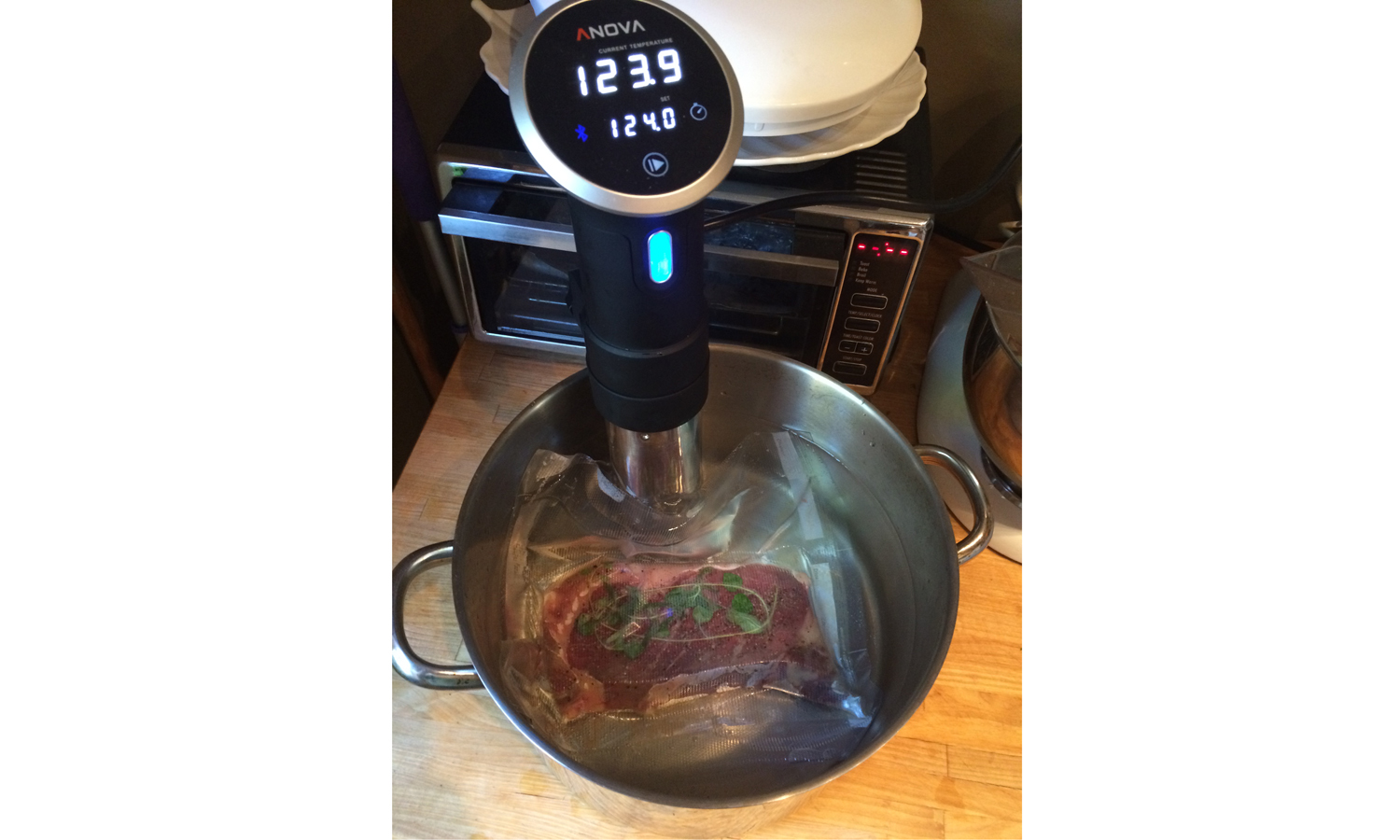
What's so good about this method? When meat is cooked at low heat for an extended period of time, the connective tissue and fibers break down, resulting in fork-tender deliciousness. And, because the water in a sous vide is heated to a specific temperature — say, 150 degrees — the meat will never get overdone, such as when you leave a steak on the grill too long, and end up with a piece of shoe leather. Finally, because the meat for a sous-vide machine is sealed in a bag, it retains it moisture, resulting in a nice, juicy cut.
The Anova is basically a large cylinder with a heating element and fan at the bottom end. You immerse this part into the water, and it keeps the water at the desired temperature for the duration of the cooking process. The top end of the Anova has a large LCD screen that shows the current temperature of the water. A smaller screen below shows the desired temperature as well as the cooking time.
I found that you need to have a fairly deep pot, or else you won't be able to clamp the Anova to the side of the pot. Still, this method is better than other sous-vide machines, which come built into their own containers; it's a lot easier to store the smaller cylindrical Anova.
Once you select what you want to cook, the app will automatically set the temperature and time on the Anova machine.
The Anova I used was the $179 Bluetooth model; the company also sells a Wi-Fi version for $199, which lets you remotely monitor and adjust the temperature and time.
MORE: Smart Home Guide: What to Know Before You Buy
A Well-Seasoned App
You can set the temperature of the water either by turning the bright blue dial on the Anova, or through its iOS or Android app. Using the app has a number of benefits, especially for those who are new to sous-vide cooking. One section of the app has time and temperature guides for chicken, hamburger and steak, as curated by Serious Eats, an excellent cooking website.
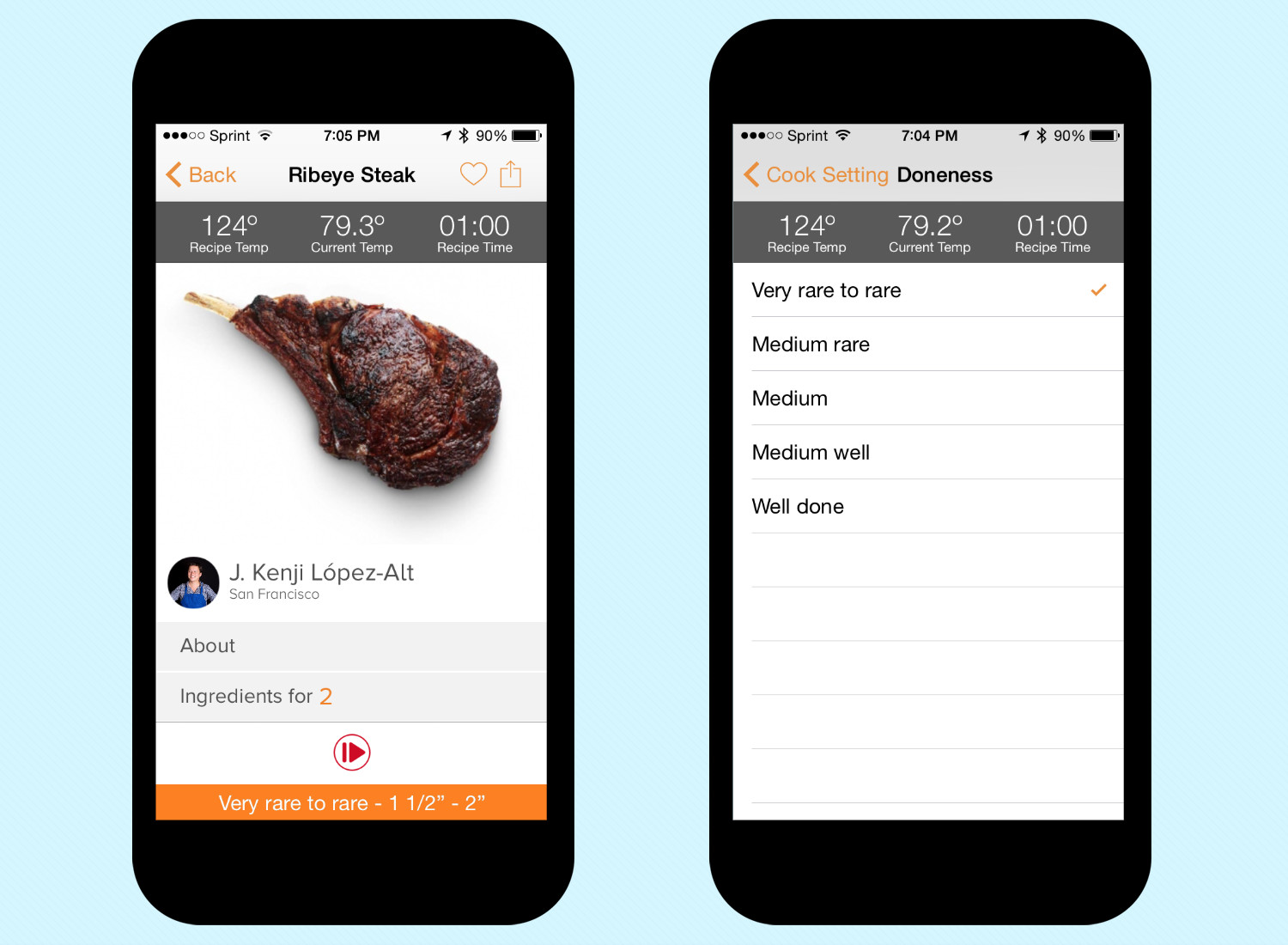
Once you select what you want to cook, the app will automatically set the temperature and time on the Anova machine. The app also includes recipes from chef Ming Tsai and others, and all include mouth-watering photos.
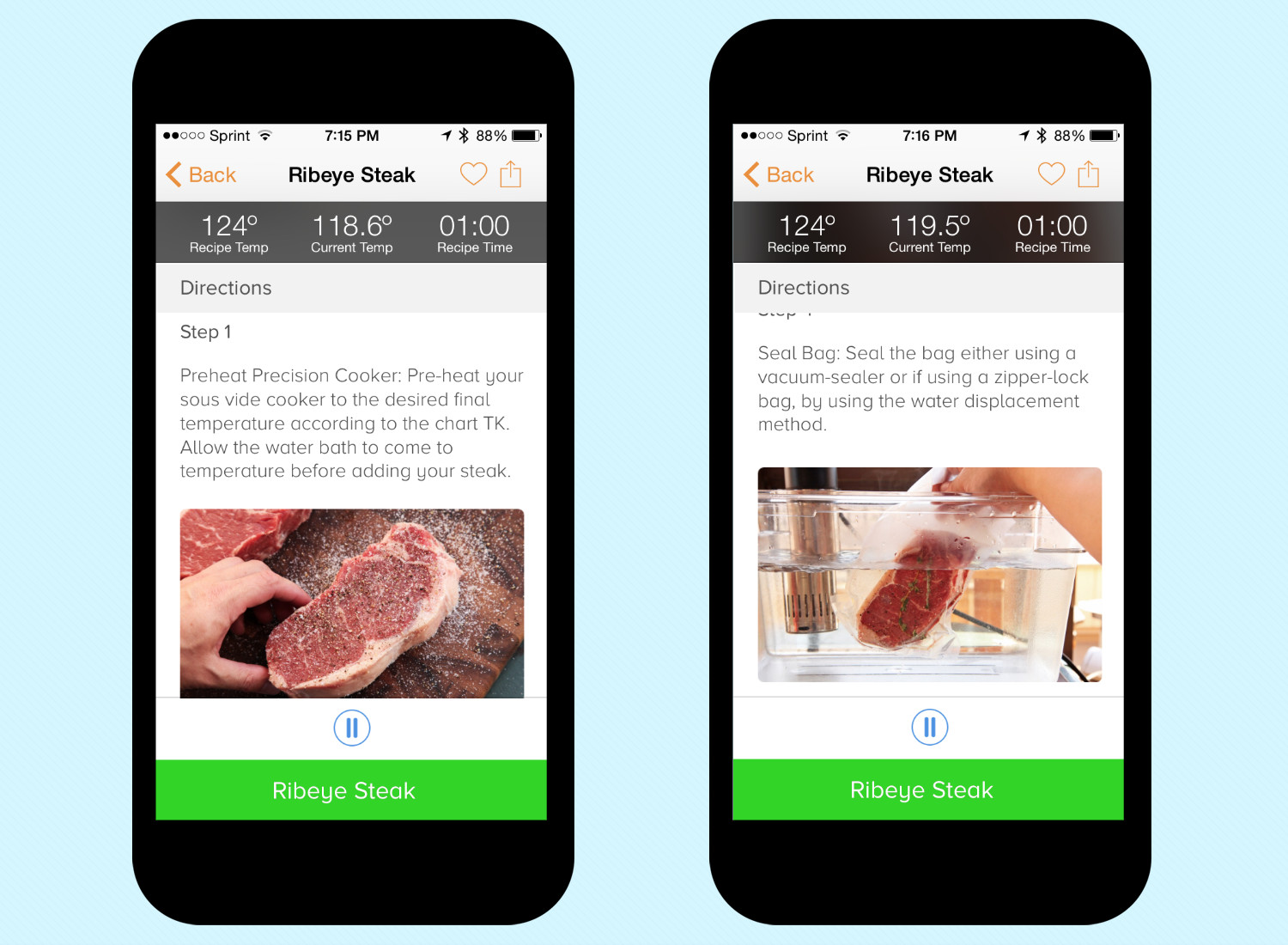
If you already know what time and temperature you want to use, the app lets you simply dial in both settings, and the Anova will then run for the allotted time at the correct heat. However, you have to leave the app running — even if it's in the background — for the duration of the cooking. Otherwise, it won't remember your settings if you close and then re-open the app.
MORE: 100+ Tech Gift Ideas for Men, Women and Kids
What's Cooking
I put the Anova to the test by cooking 3 pounds of chicken breasts, a ribeye steak and a 6-pound brisket.
I seasoned each chicken breast with some salt, pepper, oregano and paprika, and sealed two into a vacuum bag. (I have a vacuum sealer, but an Anova rep said a resealable plastic bag with most of the air driven out would work just as well). I then immersed the bag in water set to 142 degrees Fahrenheit for 90 minutes. After, I removed the chicken from the bag. At this point, the chicken, though cooked, looked kind of flaccid and unappetizing. So, I heated a few tablespoons of olive oil in a pan, and quickly seared both sides of each breast. I sliced them open, and was amazed at how tender and juicy they were.
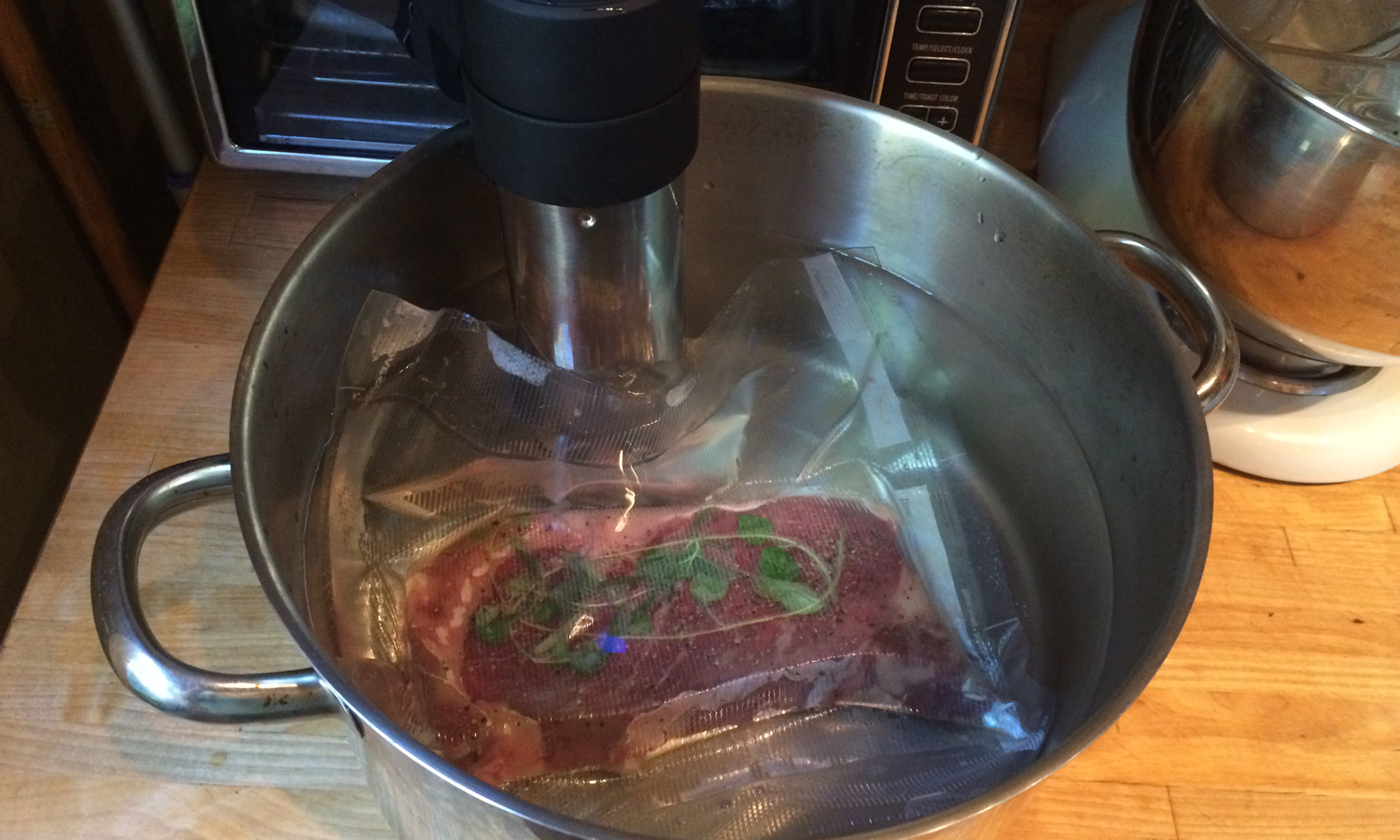
Next, I cooked a ribeye steak at 129 F for 1 hour, the time and temperature listed in the Anova app. I like that in the app, you can specify how well done you want your meat, as well as its thickness, and the app will adjust the time and temperature accordingly. As a bonus, the app also lists the steps necessary to finish the steak on the grill, on the stovetop or even with a torch — yet another kitchen gadget I can't wait to buy.
Because the Anova Precision Cooker lets you use any pot you own, it takes up much less space than a sous-vide machine with its own built-in pot.
The trick with steak is that, if you want to get a good sear on the outside, but want to make sure it's cooked enough on the inside, you often get a ring of gray, tasteless meat if you're not careful. Not so with the Anova. After taking it out of the water bath, I patted it dry, then quickly seared it on both sides. The result? A juicy steak through and through, with nice caramelization on the top and bottom.
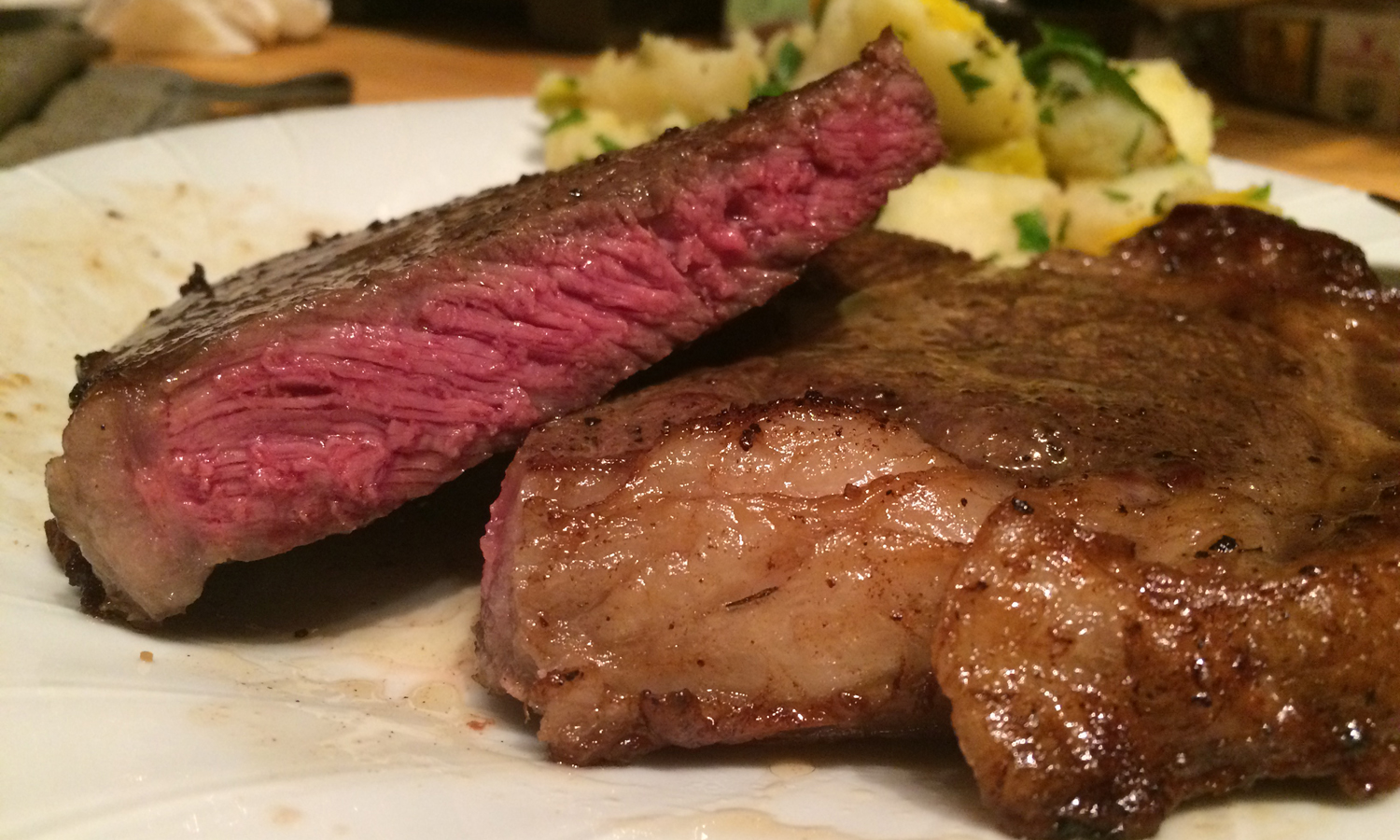
The final test for the Anova was cooking a 6-pound brisket for 48 hours, as suggested by Thomas Keller, the founder of the French Laundry restaurant. The size of the brisket required me to use an extra-large freezer bag and the largest pot I owned, which is another benefit of the Anova Precision Cooker's design: As it lets you use any pot you own, it takes up much less space, and gives you greater flexibility than a sous-vide machine with its own built-in pot.
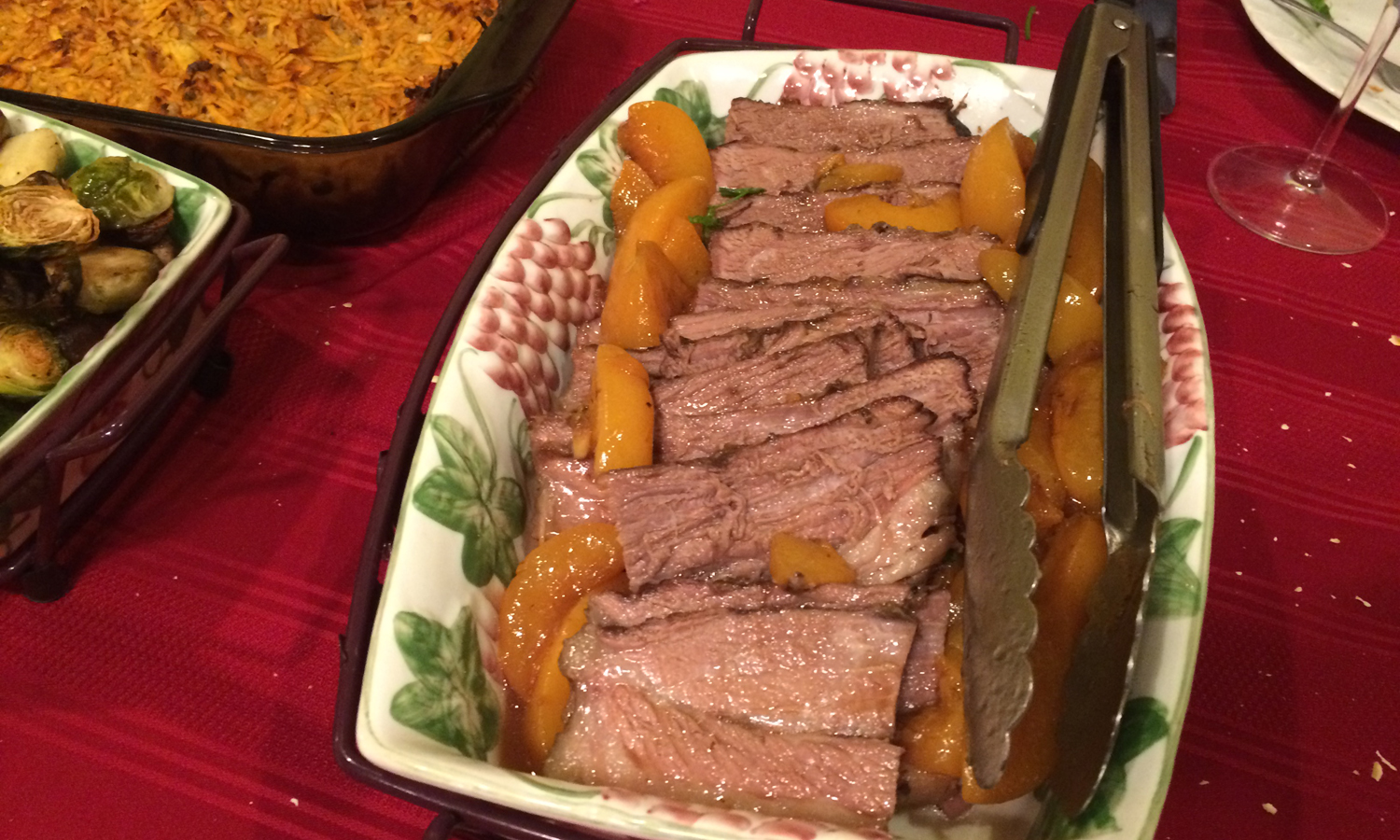
Two days after I plunged the brisket into the water, it was ready to come out. Again, like the chicken and steak, it needed to be finished off with some direct heat. I sliced off most of the top layer of fat, and put the brisket in the broiler until it developed a nice char on top.
Bottom Line
Never worry about an overcooked steak again. If you want to up your game in the kitchen, the Anova Precision Cooker is the tool to have. It's easy to use, its app spells things out simply for newbies, and it's easily adaptable to any pot you have in your kitchen. If you want to be able to keep tabs on things remotely, spring for the $199 Wi-Fi model, but the $179 Bluetooth version should suffice for most. Either way, your stomach will thank you.

Michael A. Prospero is the U.S. Editor-in-Chief for Tom’s Guide. He oversees all evergreen content and oversees the Homes, Smart Home, and Fitness/Wearables categories for the site. In his spare time, he also tests out the latest drones, electric scooters, and smart home gadgets, such as video doorbells. Before his tenure at Tom's Guide, he was the Reviews Editor for Laptop Magazine, a reporter at Fast Company, the Times of Trenton, and, many eons back, an intern at George magazine. He received his undergraduate degree from Boston College, where he worked on the campus newspaper The Heights, and then attended the Columbia University school of Journalism. When he’s not testing out the latest running watch, electric scooter, or skiing or training for a marathon, he’s probably using the latest sous vide machine, smoker, or pizza oven, to the delight — or chagrin — of his family.
